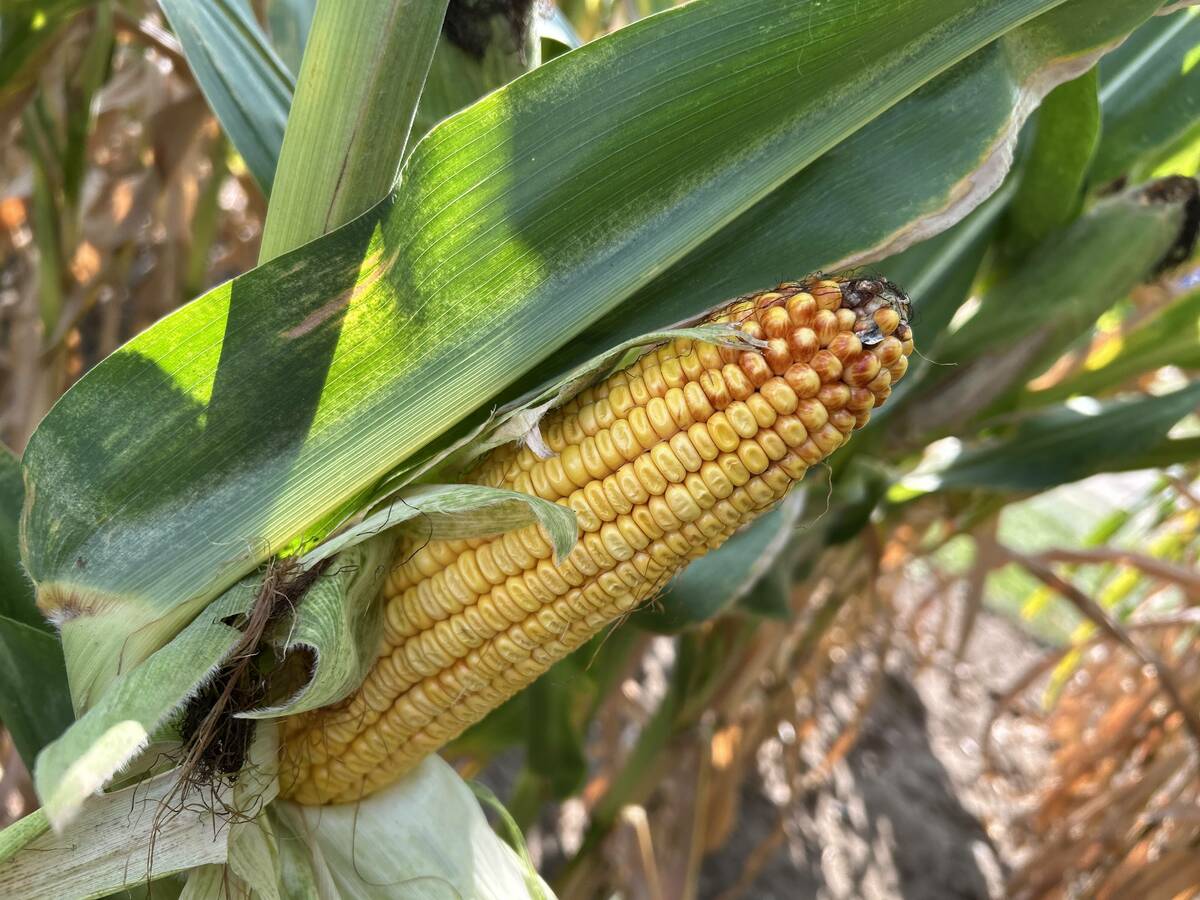MANHATTAN, Kan. (Reuters) — Wheat fields in Kansas, the top U.S. producer of the grain, were above average as crops benefited from good soil moisture, scouts on the annual Wheat Quality Council crop tour said May 4.
However, scouts were unable to assess how late-season snow that fell over the weekend in the western part of the state would affect developing plants that flattened some fields and snapped stalks.
During the three-day tour, dozens of crop scouts from milling companies and trade houses surveyed 469 fields of hard red winter wheat, a variety used most widely to make bread.
Read Also

Crop estimates show mixed results
Model-based estimates used by Statistics Canada showed the 2025/26 crop year has seen increases in canola, corn for grain, oats and lentils production while seeing dips in spring wheat, durum wheat, soybeans and barley in comparison to 2024/25.
“This is an above-average crop, for sure. The soil moisture profile is as good as it can possibly be. The unknown is the damage to the crop in the west,” said tour organizer Dave Green, executive vice-president of the Wheat Quality Council.
The tour estimated yield potential at 46.1 bushels per acre, above the five-year tour average of 41.6 bu. per acre but below the U.S. Department of Agriculture’s record-large estimate of 57.0 bu. per acre for last year’s crop.
Kansas winter wheat production was estimated by the tour at 281.78 million bu., compared to the USDA’s estimate in 2016 of 467.4 million bu.
Futures International analyst Terry Reilly said the lower Kansas wheat production estimate suggested some of the snow-covered fields would be lost.
“Yield is unusually high given the crop problems we had, but with production estimate of 282 million bu., the area abandonment is incredibly high,” Reilly said.
Scouts opted not to calculate yields on many fields in western Kansas hit by heavy snow. As an illustration of this, the tour sampled 205 fields May 3, compared to 300 fields on the second day of the tour a year ago and 305 fields in 2015.
Snow was still present on some of the fields as of midweek, which is highly unusual for May.
Kansas State University extension wheat specialist Romulo Lollato said it could be 10 to 12 days before the extent of the damage can be gauged.
“It’s hard to count tillers (stems) in the snow,” Green said.
“But we didn’t count them (the fields) as a zero.”














